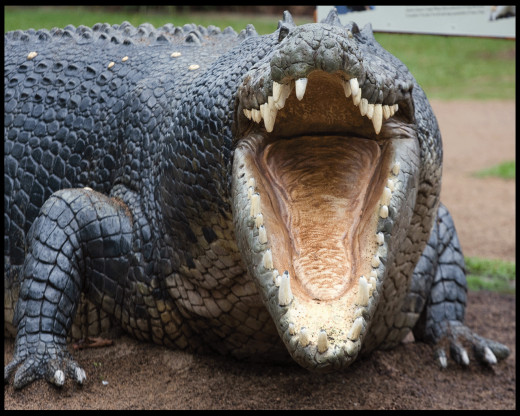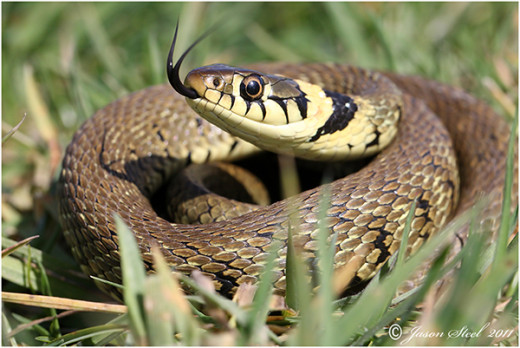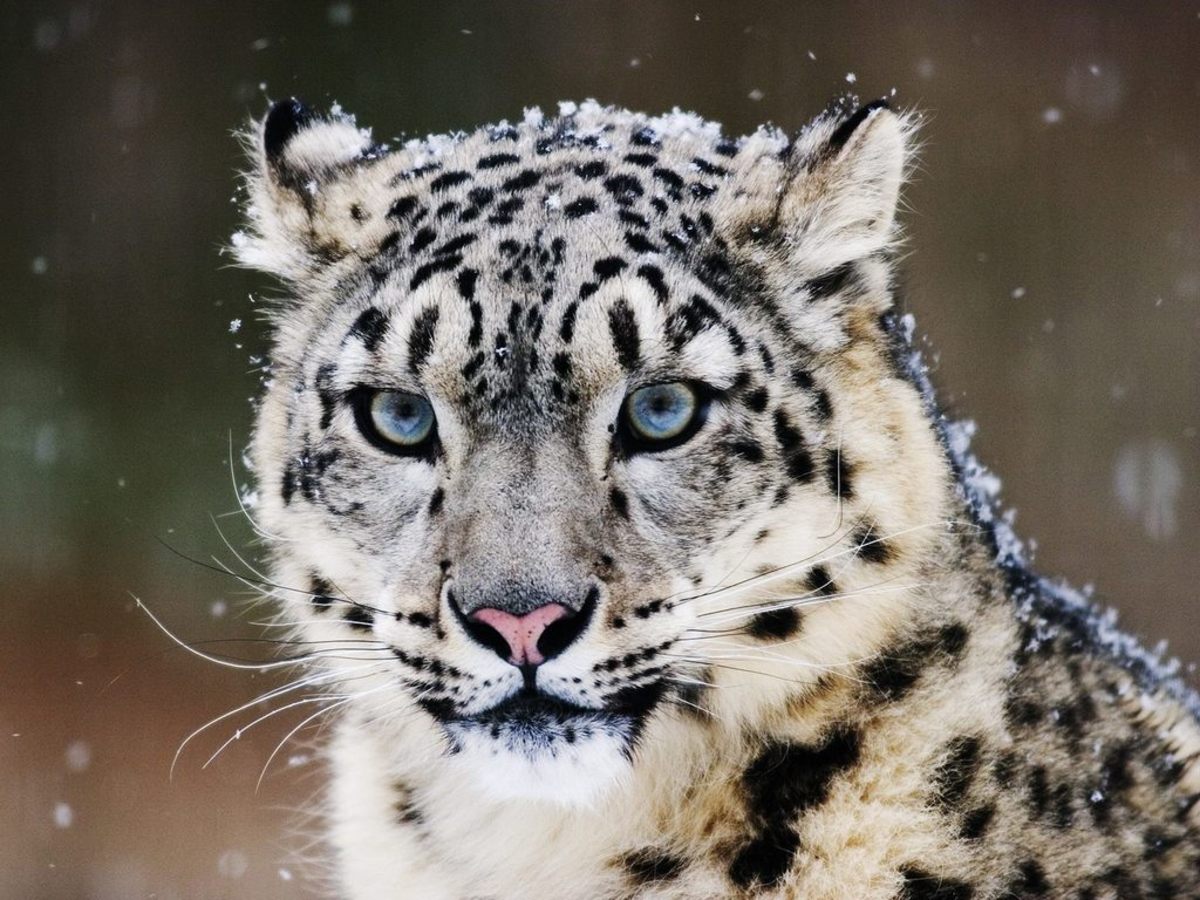Mind Blowing Facts you should know but you don't - Part 4
What could you use to overpower a crocodile?

The rubber band is going to do just fine for crocodiles as big as 6.5 feet(2 meters).
The crocodile uses different set of muscles for opening its jaws and a different set for closing them. It is pretty amazing that while the force with which it bring its jaws shut is the same as the downward force of a truck falling off a cliff, but at the same time, the muscles responsible for opening it are considerably weak. You could grab its jaws, hold it and keep it shut with one hand.
Also while we're on the subject, crocs don't cry. The 'crocodile tears' myth might have come from the fact that swallowing something large and stubborn can cause the eyes of a crocodile to water up a little bit. But that is just from the struggle.
How many legs does a centipede have?

Its not your business. Because the answer is, they can be anything between fifteen pairs to a hundred and ninety one pairs. The myth of hundred legs comes from its name(centi means hundred); but just because we decide to name a creature something, doesn't mean nature is under any obligation to shape its features accordingly.
In fact, centipedes do not even have an even pair of legs and there is only one known species as of yet, that doesn't have oddly paired legs.
How do moths feel about flames?
They aren't attracted to flames. BOOM! Your life has been a lie.

Flames confuse them.
Pay close attention, I'm only going to explain this once:
Moths and flies have lived since way earlier than the existence of light bulbs. As a result, they have learned to use light from the sun and the moon to navigate them in a straight direction. Flies have evolved to expect light from the sun or the moon to strike their eyes in the same places during different times of day and night; this way they know they are flying in a straight line, because with respect to their own selves, the angle of the light source isn't changing, and it won't unless they revise direction.
When humans came around with their very own hand held suns and moons and walked past a moth, the poor insect confused the light from the torch to be light from the moon. And this 'moon' wasn't stationery anymore. Its movement tricked the moth into believing that something might be wrong with the way it is flying.
So it reconstructed its trajectory in such a way that the light source becomes stationery; and unfortunately, the only way to do that is by flying around the source in circles. Moths have absolutely no idea that they aren't flying straight.
And you think your life is tough.
What speed does light travel at?

I'm really sorry about this, I didn't mean this to be a childhood lies expose session; it depends on the medium.
Contrary to what we believe, light achieves its signature speed only in the vacuum of space. Through all other mediums, it is slower. For example, through a diamond it travels at 130,000 km/sec which is less than half its speed. Light was brought to an absolute standstill at Harvard University in 2000 when it was shined into a bec(Bose Einstein Condensate) of Rubidium.*
Something else about light which I find quite extraordinary is that it is invisible. You can see the object that it hits and reflects back to strike your eyes but you cannot see light itself.
And then there's darkness. It is nothing. It is not there. But you cannot see through it.
Sometimes I feel so done with the world.
*To know more about Bose-Einstein Condensate, read Part 3.
Links have been provided at the end of the article.
Name a poisonous snake.
It is none of the above.
Oh come on! You were NEVER going to get this one right.

The answer is 'grass snake'.
Yes it was a trick question and I'm sorry, but its worth it. Because today you learn that there's substantial difference between the word 'poisonous' and 'venomous'.
All the options to this question are snakes that are venomous i.e. they inject poison when they bite. A poisonous snake, on the other hand is one that'll kill you if you were to bite it.
Yamakagashi or the Japanese grass snake is known to store poison in specially designed glands in its neck. When it is attacked by, say a predator, it arches its body in a way that the glands stand out, and predators by instinct are known to go for the neck to ensure swift kill. Unfortunately this time their instinct goes horribly wrong and instead of a yummy lunch they get a fatal mouthful of poison slurpee.
What colour is nicotine?
Did you say yellow or brown?
Oh man where would you be without me.

What stains your teeth or fingers yellow, is tar not nicotine. Nicotine is colourless. Also, pure nicotine happens to be one of the most powerful poisons known. No you didn't know that already from the stop smoking ads! The nicotine that enters your lungs is less than 10% of the cigarettes. Rest of it gets burned. If you were to take the nicotine in a single cigarette directly into your bloodstream you'd drop dead.
Tobacco, tomatoes, potatoes, chili peppers, cauliflowers and cocoa leaves, all contain nicotine. In small doses, the nicotine compound solamine induces the flow of dopamine(happy hormone) into the brain; which is one of the reasons why tobacco is more addictive than heroin or cocain. But also, next time you get a craving for chips or pizza, remember that it because of the nicotine more than anything else.
Links as promised
- Mind Blowing Facts you should know but you don't - Part 1
A list of facts very rarely known. The ones that you think you know, you know wrong. Don't believe me? Find out. - Mind Blowing Facts you should know but you don't - Part 2
2nd instalment: A list of facts very rarely known. The ones that you think you know, you know wrong. Don't believe me? Find out. - Mind Blowing Facts you should know but you don't - Part 3
3nd instalment: A list of facts very rarely known. The ones that you think you know, you know wrong. Don't believe me? Find out.





